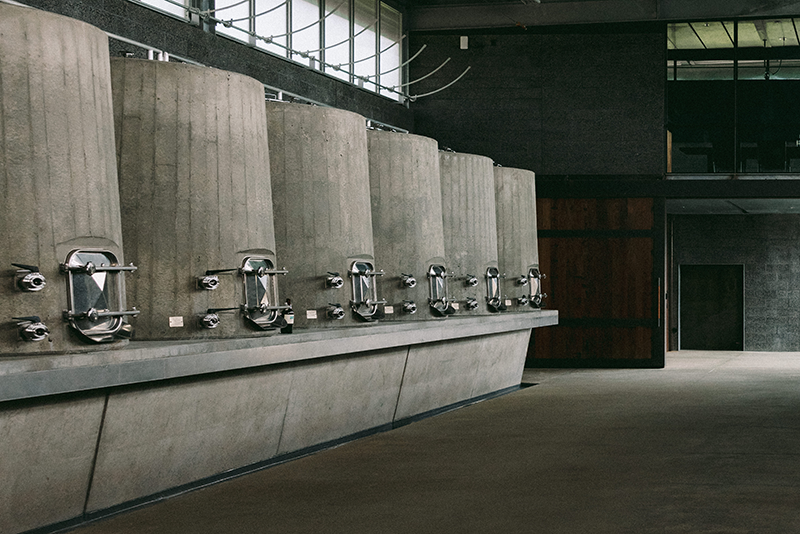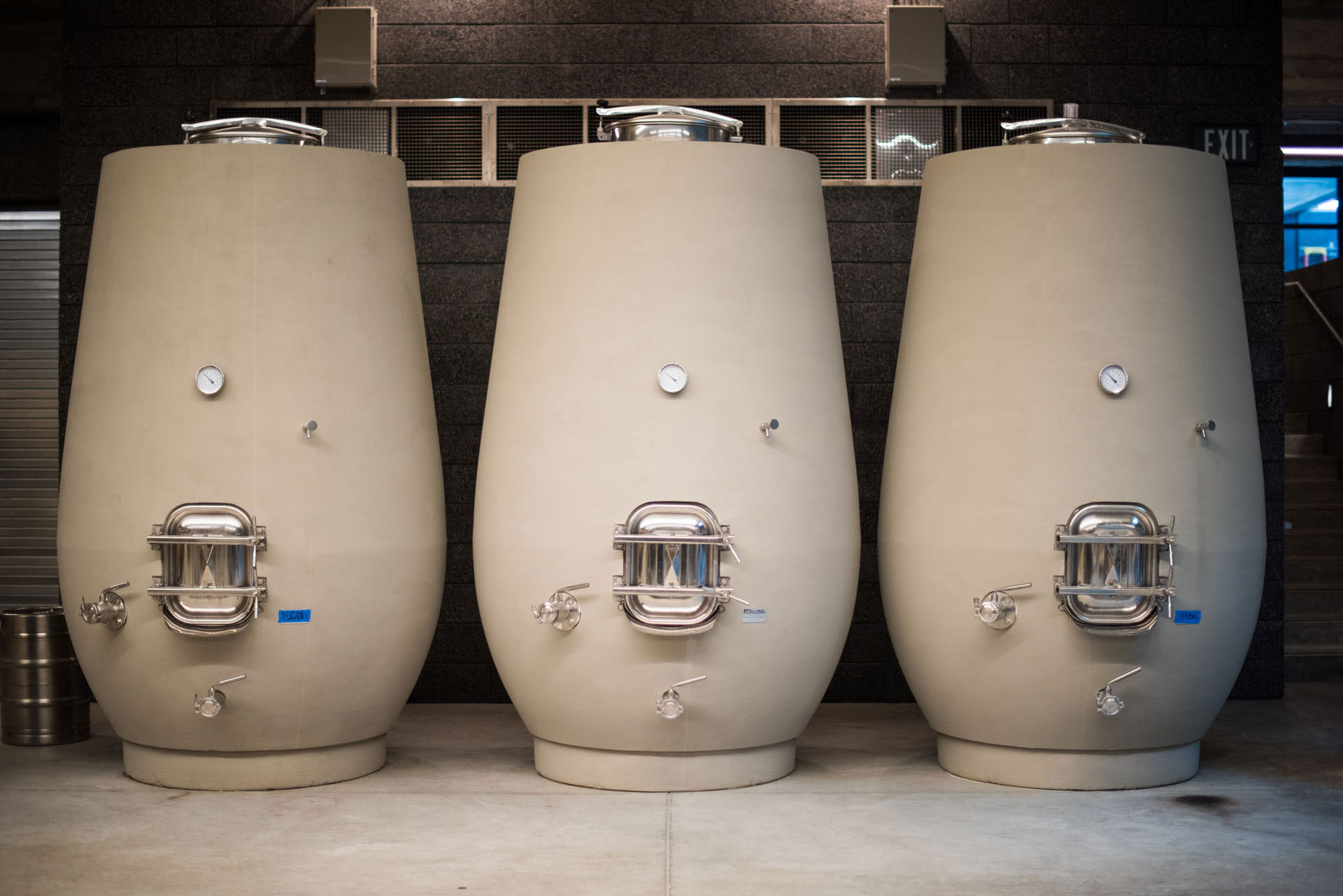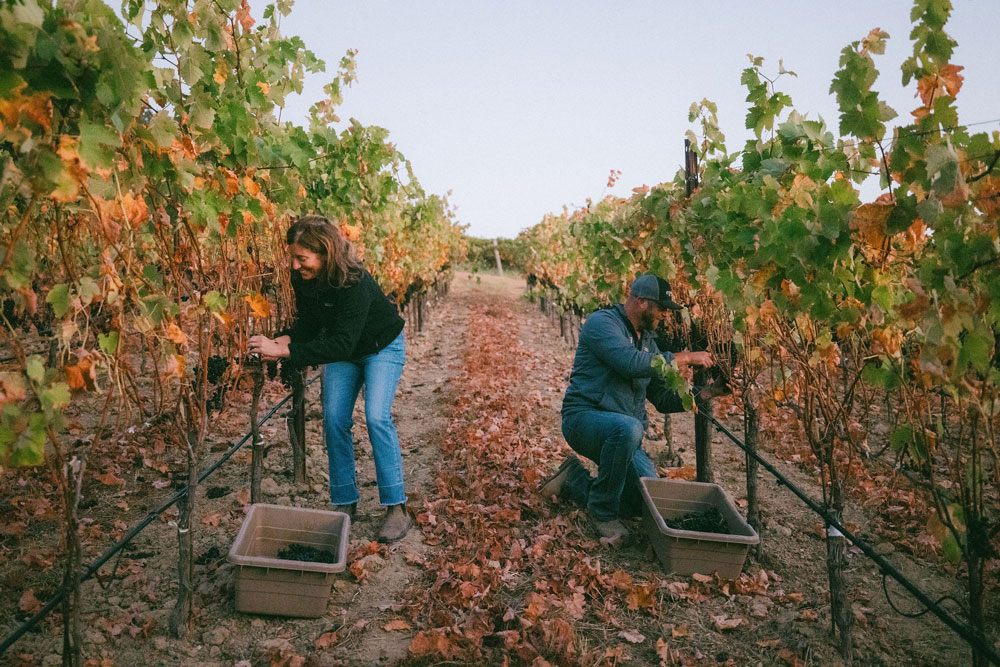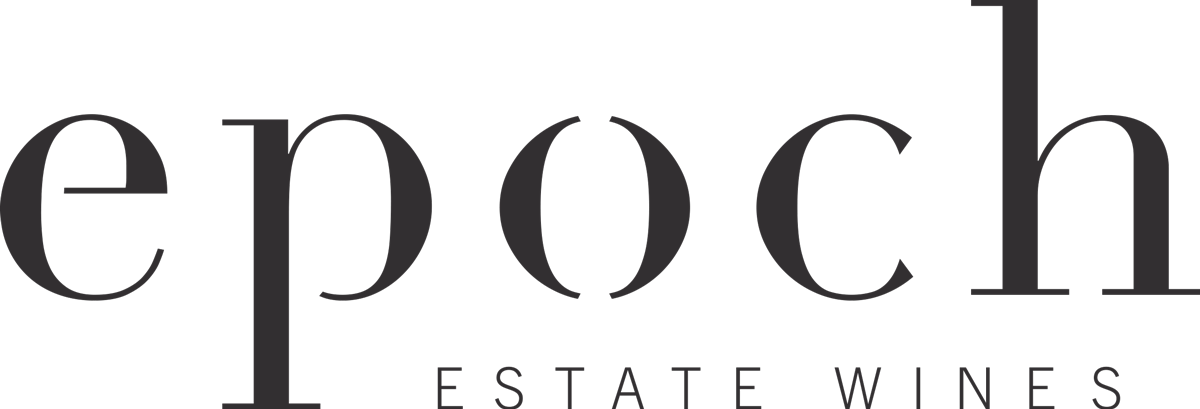Winemaking Philosophy
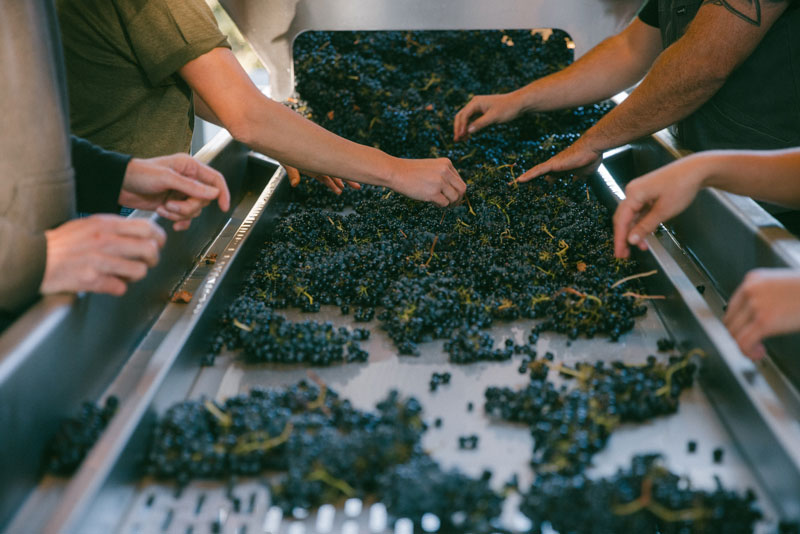
Vessels
Why We Love Concrete
It’s a well-known fact in the Paso wine scene that our Winemaker, Jordan Fiorentini, has a crush on concrete. We love concrete for its clean contribution to both fermentation and aging (though not all of our concrete vessels do both; keep reading for specifics). Concrete is a neutral vessel, allowing the fruit from our estate vineyards to do most of the talking, but over time, it can add a beautiful mineral component to our wines.
Great Wine Comes From Great Soil
At Epoch, we are the proud stewards of three estate vineyards: Paderewski, York Mountain, and Catapult. We work tirelessly to ensure that these vineyards are healthy and thriving, so each vintage can produce fruit that is better than the last. The complex soils and microclimates found in Paso Robles, and specifically across our three vineyards, allow us to grow a wide array of grape varieties that are unique in flavor and texture.

